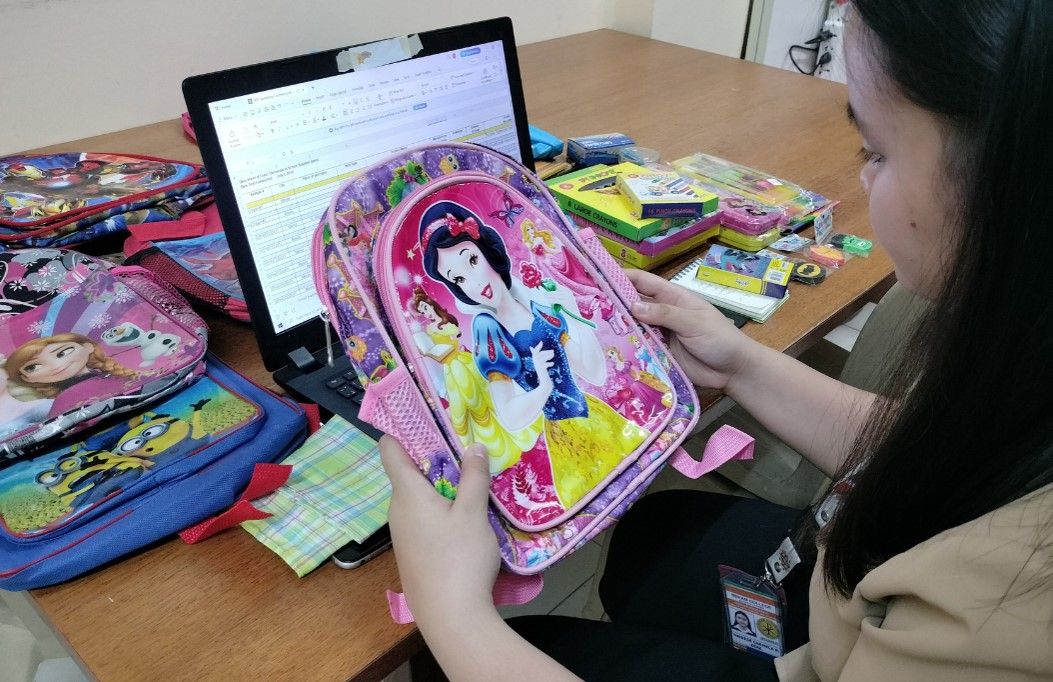These backpacks can be harmful to your child's brain
Watchdog group finds toxic lead in children's backpacks
By Aaron Cabeza
Ban Toxics, a toxic and waste watchdog organization, sounded the alarm after discovering the presence of brain-damaging lead in some children’s backpacks. Costing only P150 each, these colorful bags are sold in bargain stores and by sidewalk vendors at Divisoria.
Using a Vanta C-series HH XRF analyzer, the group screened the school bag samples from the colorful designs, painted fabric, including the zippers, and found toxic lead levels up to 11,900 parts per million (ppm). BT patroller Therese Carmela Diaz inspected and documented the samples, noting that none of the bags had proper labeling, which is worrisome for the consuming public.

“It is alarming to discover that, until now, we still find the presence of toxic chemicals in some children’s products, such as school supplies, despite existing regulations in the country,” says Ban Toxics campaigner Thony Dizon.
Under the DAO 2013-24 or the DENR Chemical Control Order for Lead and Lead Compounds, the use of lead in the production and sale of school supplies is strictly prohibited.
According to the World Health Organization (WHO), lead exposure can have serious consequences for the health of children. At high levels of exposure, the brain and central nervous system can be severely damaged, causing coma, convulsions, and even death.

The WHO factsheet on lead poisoning further shares, “Children who survive severe lead poisoning may be left with permanent intellectual disability and behavioral disorders. At lower levels of exposure that cause no obvious symptoms, lead is now known to produce a spectrum of injury across multiple body systems. In particular, lead can affect children’s brain development, resulting in reduced intelligence quotient (IQ), behavioral changes such as reduced attention span and increased antisocial behavior, and reduced educational attainment.”
Lead exposure also causes anaemia, hypertension, renal impairment, immunotoxicity, and toxicity to the reproductive organs. The neurological and behavioural effects of lead are believed to be irreversible.
“Parents should be mindful of checking the product information, or lack thereof, and the potential presence of toxic chemicals, and not just the price of the school supplies. The health and safety of the children should be the priority before buying,” the group adds.
Ban Toxics calls the attention of the Department of Trade and Industry (DTI), the Food and Drug Administration (FDA), and local government units to conduct on-site inspections and test-buys of the school supplies being offered for sale in public markets, as well as in malls and school supply stores.
The group also recommends publishing the list of registered manufacturers and distributors of school supplies and posting it in stores for consumer awareness and informed choice.